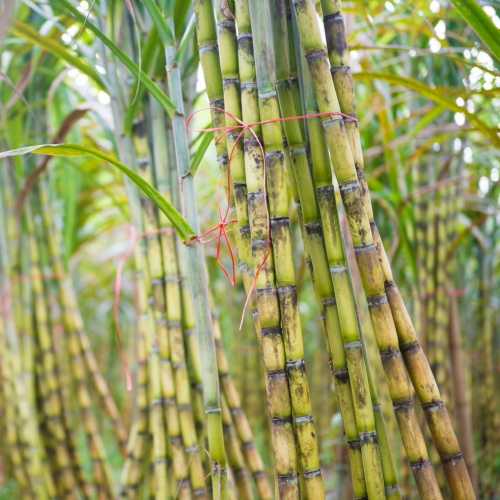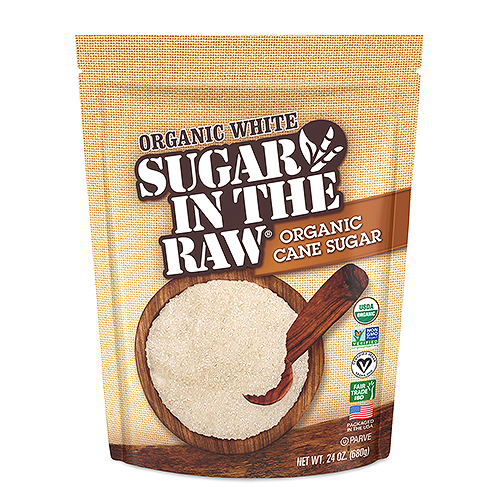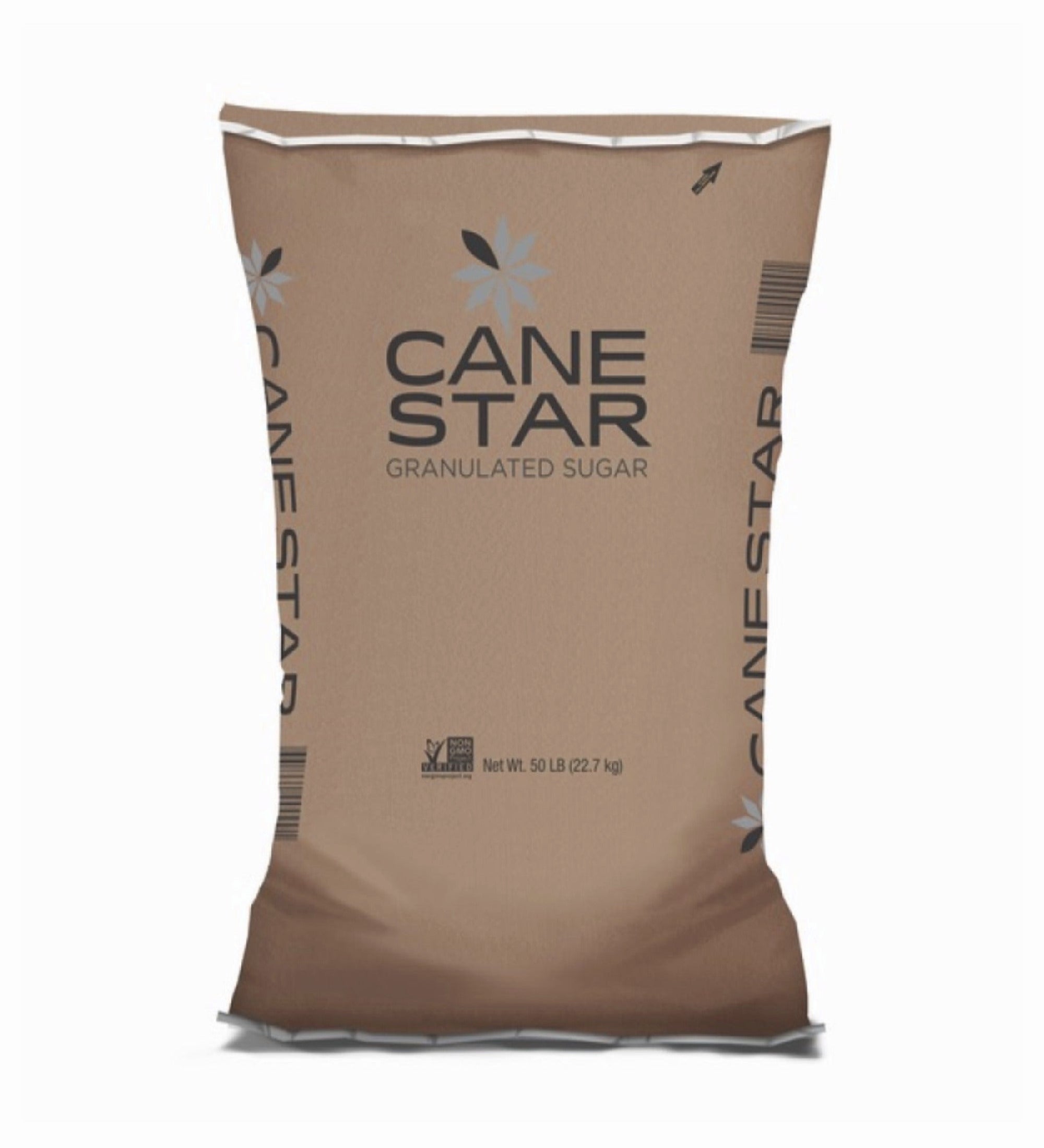The Trip of Cane Sugar Processing: From Harvest to Crystals
The Trip of Cane Sugar Processing: From Harvest to Crystals
Blog Article
Discovering the Comprehensive Steps Included in Cane Sugar Processing From Collecting to Improvement
The procedure of cane sugar manufacturing encompasses a collection of intricate actions, starting with the careful harvesting of sugarcane and culminating in the improvement phases that make sure the final product fulfills sector standards. Each stage, from the extraction of juice to the purification and condensation processes, plays a critical duty in figuring out the quality and character of the sugar.
Harvesting Sugarcane
Collecting sugarcane is a critical action in the cane sugar handling chain, as it directly influences the top quality and yield of the end product. Appropriate timing and techniques are necessary throughout this stage to make certain optimal sugar material and minimize losses. Typically, sugarcane is harvested when it gets to maturity, generally 12 to 18 months after growing, defined by a high sucrose concentration.

Post-harvest, the sugarcane has to be refined swiftly to stop sucrose destruction. Ideally, harvested walking cane must be delivered to refining facilities within 24-hour to preserve sugar high quality. Therefore, effective logistical preparation is important to keep the stability of the collected crop throughout the supply chain.
Removal Refine

The crushed walking cane undergoes a collection of pushing procedures to maximize juice healing. Typically, warm water is sprayed onto the smashed walking cane, developing a countercurrent flow that aids dissolve the sugar while additionally assisting in the removal procedure. The juice gathered from this operation contains not just sugar however likewise various natural substances and pollutants.

To enhance extraction effectiveness, some centers might use diffusion methods, where the sugarcane is soaked in warm water, permitting the soluble sugars to diffuse right into the fluid. The resulting juice, rich in sucrose, is then guided to succeeding handling stages, laying the structure for purification and improvement. The extraction procedure is thus essential in identifying the top quality and yield of the final sugar item.
Purification Strategies
The purification techniques utilized in walking stick sugar processing are essential for changing the raw juice right into a high-grade sugar product. These methods mainly intend to eliminate pollutants, such as soil, plant products, and inorganic substances, which can negatively affect the end product's taste and color.
One of one of the most usual filtration methods is information. This process involves including lime and warm to the raw juice, which promotes the coagulation of pollutants. The resulting precipitate is then removed through sedimentation or purification, generating a more clear juice. Furthermore, the usage of phosphoric acid can enhance the clarification procedure by more binding pollutants.
Another substantial strategy is carbonatation, where co2 is presented to the made clear juice. This reaction generates calcium carbonate, which records continuing to be contaminations and advertises their elimination.
In addition, turned on carbon treatment might be related to adsorb any staying colorants and organic pollutants, making sure a more refined product. The mix of these methods efficiently prepares the sugar juice for succeeding steps in the refining find more info procedure, setting the stage for the manufacturing of high-grade walking stick sugar.
Formation Methods
After the filtration stage, the next critical action in cane sugar handling involves formation techniques, which play a pivotal duty in changing the clarified juice right into strong sugar. This process commonly employs two main techniques: spontaneous crystallization and controlled crystallization.
In spontaneous formation, supersaturated sugar services are enabled to cool down normally, leading to the formation of sugar crystals gradually. This approach is less complex but may lead to unequal crystal dimensions and reduced pureness degrees. On the various other hand, controlled crystallization is a more accurate method where seeding, temperature level, and focus agents are thoroughly handled. This technique permits for the consistent development of sugar crystals and greater pureness.
Throughout formation, the clarified juice is concentrated via dissipation, increasing its sugar content up until it reaches supersaturation. As soon as this factor is attained, either my website approach can promote the crystallization process. Cane Sugar Processing. The resultant sugar crystals are after that separated from the remaining syrup with centrifugation
Eventually, the selection of crystallization method impacts the quality, dimension, and pureness of the final sugar item, making this step crucial in the total walking stick sugar handling procedure.
Improvement and Packaging
How can the pureness and quality of walking cane sugar be even more boosted after condensation? The improvement process plays a critical function in achieving high-grade walking stick sugar.
Next, the sugar goes through a process called centrifugation, where it is spun at broadband to divide the cleansed sugar crystals from the continuing to be fluid. After centrifugation, the sugar is commonly additional fine-tuned through an approach called carbonization or phosphatation, which uses activated carbon or phosphoric acid to remove shade and off-flavors.
When refined, the sugar is dried to attain the wanted wetness content, ensuring that it continues to be steady during storage and transport. The final action includes packaging the polished sugar in airtight and moisture-proof containers to preserve its top quality and prevent contamination. Cane Sugar Processing. Correct packaging not only expands life span however also helps with very easy handling and distribution, making sure that customers receive sugar that satisfies the highest possible standards of purity and top quality
Verdict
The extensive actions associated with walking stick sugar handling, from the meticulous harvesting of sugarcane to the elaborate improvement and product packaging stages, emphasize the relevance of each phase in ensuring high-grade sugar production. Optimum harvesting strategies, efficient extraction techniques, and extensive filtration processes collectively add to the end product's purity and security. The formation and subsequent packaging practices better boost the stability and shelf life of the sugar, highlighting the complexity and straight from the source accuracy integral in this essential farming market.
The process of cane sugar manufacturing includes a series of intricate actions, starting with the careful harvesting of sugarcane and culminating in the improvement phases that guarantee the final item satisfies industry standards. Preferably, collected walking stick ought to be delivered to processing facilities within 24 hours to maintain sugar top quality.In spontaneous formation, supersaturated sugar services are allowed to cool normally, leading to the formation of sugar crystals over time - Cane Sugar Processing. The refinement process plays a critical duty in accomplishing premium cane sugar.The thorough actions included in walking stick sugar processing, from the meticulous harvesting of sugarcane to the detailed improvement and packaging stages, underscore the relevance of each phase in ensuring high-grade sugar production
Report this page